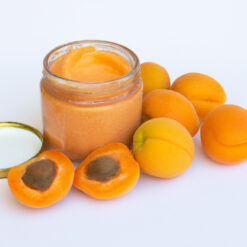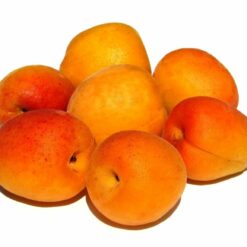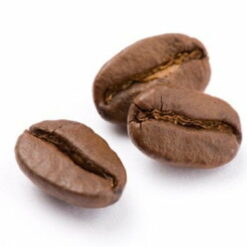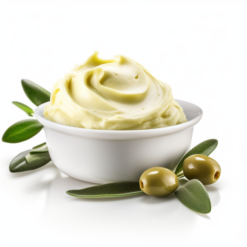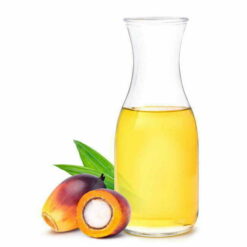HYDROGENATION
Hydrogenation is a chemical process involving the addition of hydrogen atoms (H₂) to molecules of unsaturated compounds, such as plant oils or alkenes. In the cosmetics and food industry, this method is most often used to modify vegetable oils to obtain more stable, solid or semi-solid forms—so‑called vegetable butters.
How does the hydrogenation process work?
The hydrogenation process involves a chemical reaction between an unsaturated organic molecule (typically containing double bonds, as in alkenes or polyunsaturated fatty acids) and hydrogen (H₂), which is added in the presence of a catalyst, usually nickel, platinum or palladium. The reaction typically occurs under elevated pressure and temperature.
How does fat hydrogenation occur?
In the case of vegetable fats, the hydrogenation process involves converting unsaturated fatty acids (e.g. oleic or linoleic) into saturated fatty acids. Adding hydrogen to double bonds transforms them into single bonds, which changes the physical properties of the fat—it becomes more stable, oxidation‑resistant, and also solid at room temperature. This is how creamy-textured vegetable butters are created, suitable for use in cosmetics as emollients and moisturizers.
What about alkene hydrogenation?
Alkene hydrogenation is a classic chemical reaction involving the addition of a hydrogen molecule to a carbon–carbon double bond, resulting in an alkane—a saturated hydrocarbon. Conducted in the presence of a catalyst, it leads to full saturation of the molecule. This reaction is fundamental in organic chemistry and widely employed in industrial and pharmaceutical synthesis.
Hydrogenation is a method that enhances durability, reduces volatility, and provides desired texture to plant-based products. It is therefore used in cosmetics (balms, creams, lipsticks), food (margarines, vegetable butters), and pharmaceuticals.
Cosmetic butters
Cosmetic butters
Cosmetic butters
Food and Cosmetic Oils


